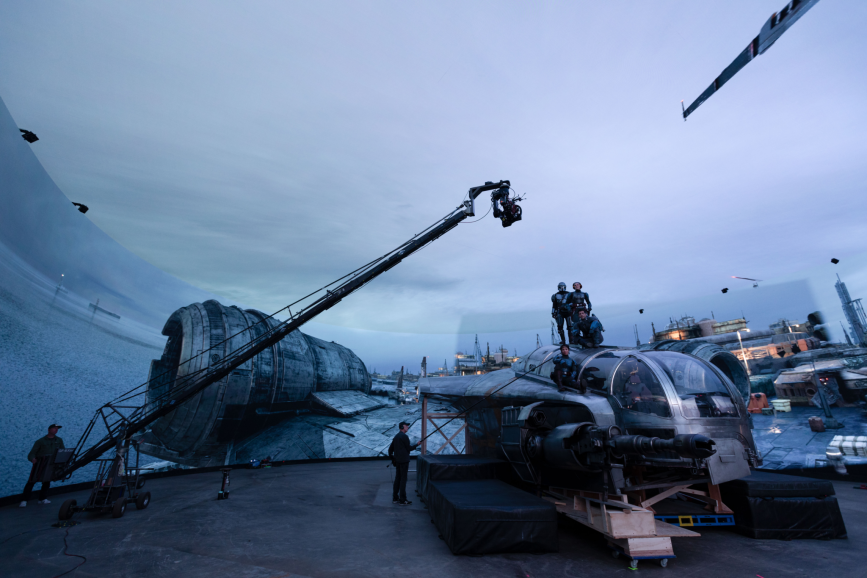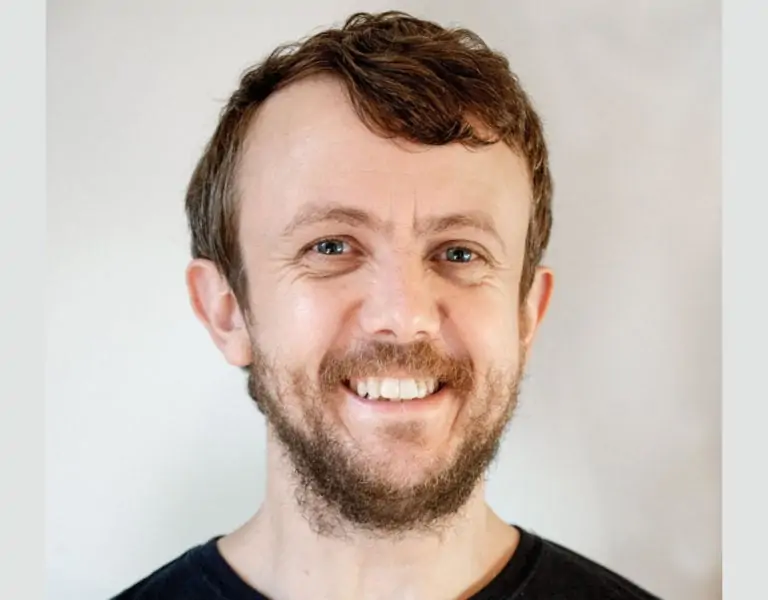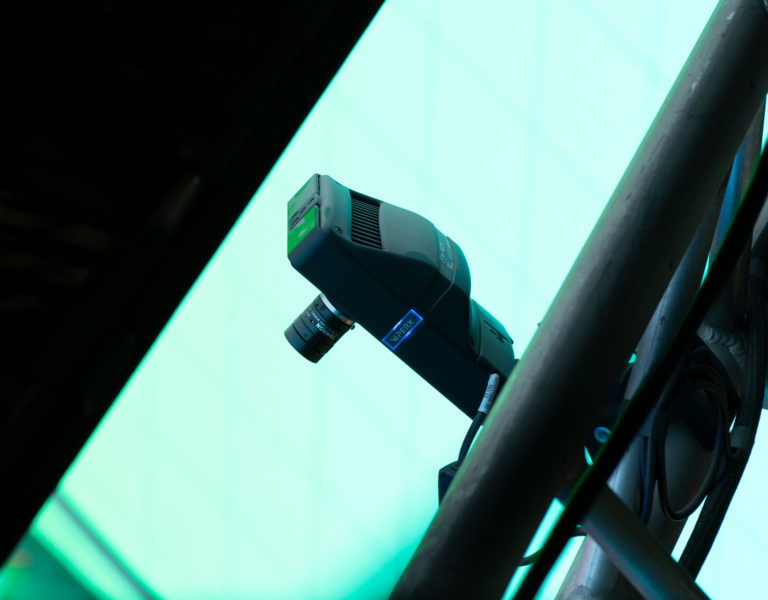Movers and shakers
They’re a mainstay of the movie world, but did you know that Vicon’s motion capture systems were born from the field of life sciences? Delve into the award-winning technology company’s history of innovation.
Invention and innovation can be divided into two categories: the wholly original discovery and the developments from that, which take it into new and different directions. Vicon Motion Systems was an early developer of motion capture (mo-cap) technology in the field of life sciences, using it to analyse human movement in both biomechanics and sport, for which it is used to assist athletes and players recover from injury. From its work in those areas during the late 1970s and early ‘80s, it later moved into the entertainment and cinema sectors, adapting its mo-cap systems for visual effects (VFX) work on feature films, video games and music videos.
Among the first cinema productions to utilise Vicon’s technology was Titanic (1997, DP Russell Carpenter ASC), with more recent productions including Pearl Harbor (2001, DP John Schwartzman ASC), Enemy at the Gates (2001, DP Robert Fraisse), Paddington (2014, DP Erik Wilson BSC) and the modern Star Wars films. The transition from life sciences into film came about in part through producers and directors seeing what it could do more than understanding the processes behind it.
“Vicon had a strong foothold in life sciences and gait analysis,” comments Vicon’s current chief technology officer (CTO), Mark Finch. “As soon as you get a big enough grounding and visibility in what you’re doing, other people see it and try to translate it into their own use cases and needs. The film industry has evolved from building miniatures to having the VFX in real time with the addition of a green screen and now virtual production. Motion capture is difficult to explain but it is easier to visualise how you would use it once you see it in action.”

With so many modern films now relying on virtual and mo-cap technologies for their look and action set pieces, there are plenty of examples of what Vicon offers that can be seen. Which, Finch says, is good for when he has to describe what the company does, although it can overshadow his and Vicon’s original area of research. “When people ask me what I do I say, ‘motion capture’,” he explains. “Then I tell them about life sciences and gait analysis, but my friends tell me ‘Say Marvel, everyone understands that.’ When Vicon got big enough in life sciences, it became easy to articulate what we do in other sectors, like VFX and engineering.”
The initial Vicon system, with the name being a contraction of ‘video converter’, first appeared in 1979 and was developed by a subsidiary of Oxford Instruments, Oxford Medical Systems. This later became Oxford Dynamics and then, after a management buyout, Oxford Metrics. During the 1980s Vicon mo-cap technology was adopted by many universities, medical institutions, and rehabilitation centres for clinical gait analysis. The 1990s saw the move into film and the development of what Vicon calls the first mo-cap system dedicated to entertainment production, the 370E.
In 2004 Vicon introduced the first four-megapixel camera, followed by the 16-megapixel T160 four years later, which was replaced in 2015 by the Vantage V16. The Bonita line of affordable mo-cap cameras appeared in 2009, while later releases have included the Blade 2 real-time software, the Cara head-mounted 3D facial capture and tracking system, the Shōgun VFX platform (2017) and, most recently, the Valkyrie motion capture camera, introduced last year.
Finch joined Vicon in 2017 when it acquired IMeasureU, the company he founded in his native New Zealand in 2013. Like the founders of Vicon, Julian Morris and Tom Shannon, he comes from a life sciences background, a discipline he says he loves, particularly the area of gait analysis. The holder of a master’s degree in biomedical and medical engineering from the University of Auckland, Finch established IMeasureU to focus on real-time analytics of movement involving inertial sensors and mobile apps to assist coaches and athletes in both training and rehabilitation from injury.

Now based at Vicon’s headquarters just outside Oxford, Finch continued his IMeasureU role as director of technology before becoming the parent company’s CTO in January 2019 to oversee a wider range of development. “To begin with my job was to manage the IMeasureU technology and then, after proving that I could do what I did within a bigger organisation, I was prompted,” he says. “We had released Shōgun 1.3 by the end of 2019 and it was very much at the forefront of the VFX world by then. Now we are seeing Vicon being adopted for visual effects at a higher rate, with the technology evolving and innovation occurring in that industry.”
Finch says a good example of this is virtual production, which he sees as having brought about an “innovation step-change”. In terms of development for VFX and life sciences, Finch defines the core of motion capture as being the same for both but with the significant difference being in how the data that is acquired is used for differing purposes. “The needs are different,” he explains. “In life sciences you’re using gait analysis of a cerebral palsy patient to detail what surgery is necessary. It’s a very important decision so the data has to be extremely accurate and reliable. With a movie, if something’s not quite right it can be fixed in post. The technology can be used in different ways and the boundaries can be pushed, such as with real-time, in-camera VFX, which is what directors want so they can get everything done on-set because it’s expensive to bring the actors back later.”
Whereas life sciences originally provided the innovative techniques that were adopted by the film business, Finch is now seeing what is being done with motion capture for VFX feeding back into the medical field. “VFX has reached a sense of maturity,” he concludes. “It used to be that life sciences drove the innovation and you would cherry pick things for the visual effects side. But now I think there is a lot of intersection between the markets. Virtual rehabilitation is using a combination of virtual reality and VFX surroundings to help people rehabilitate after surgery or strokes. There are a lot of benefits to be had for life sciences and the health sector from the boundaries that have been pushed by the VFX market. Maybe we can make everyone a superhero.”















